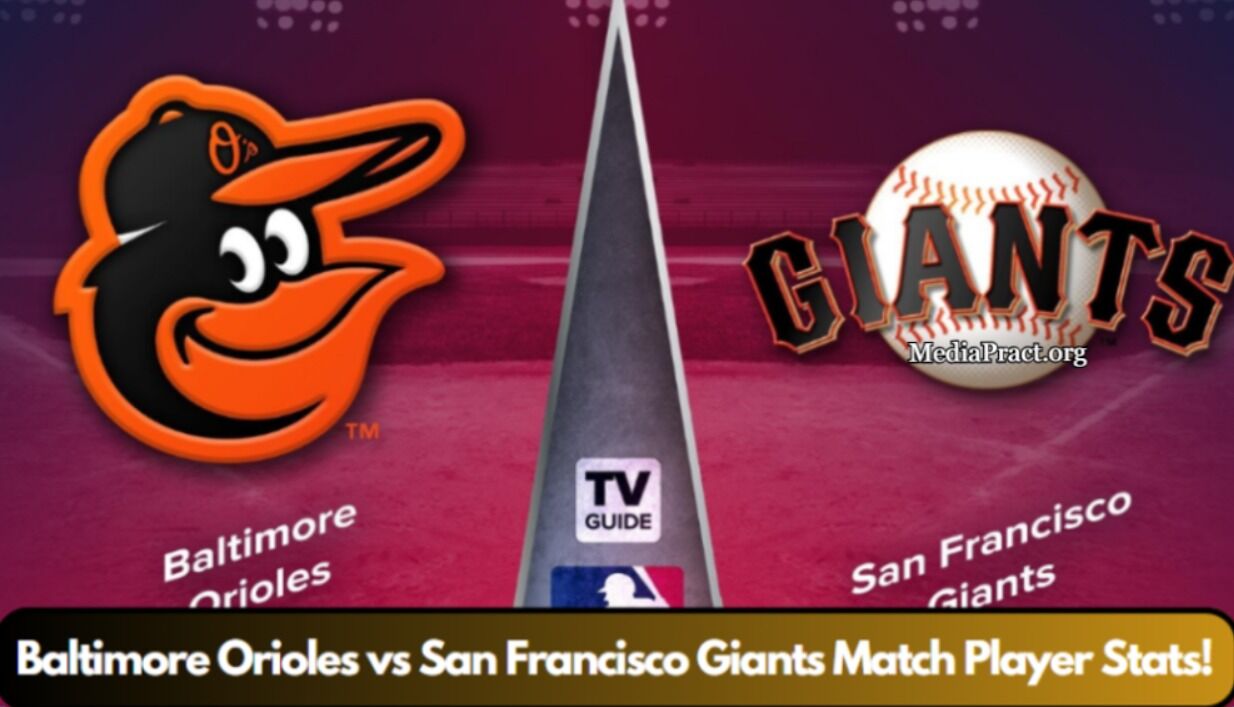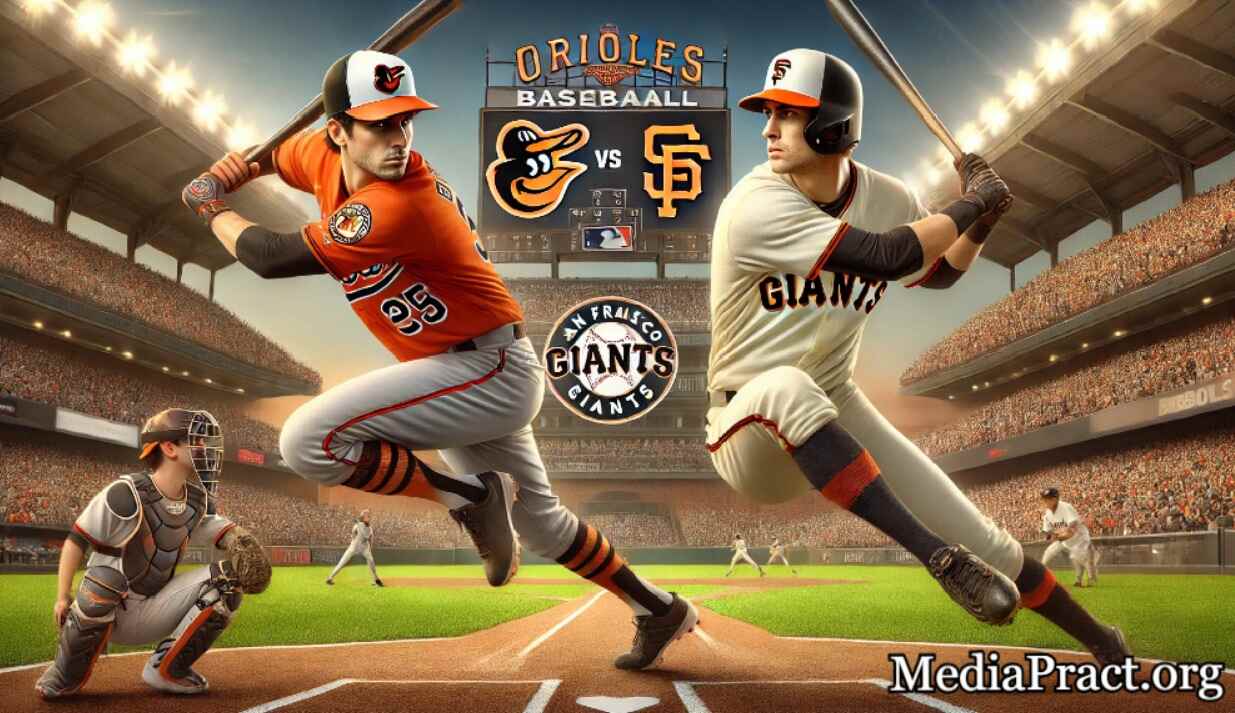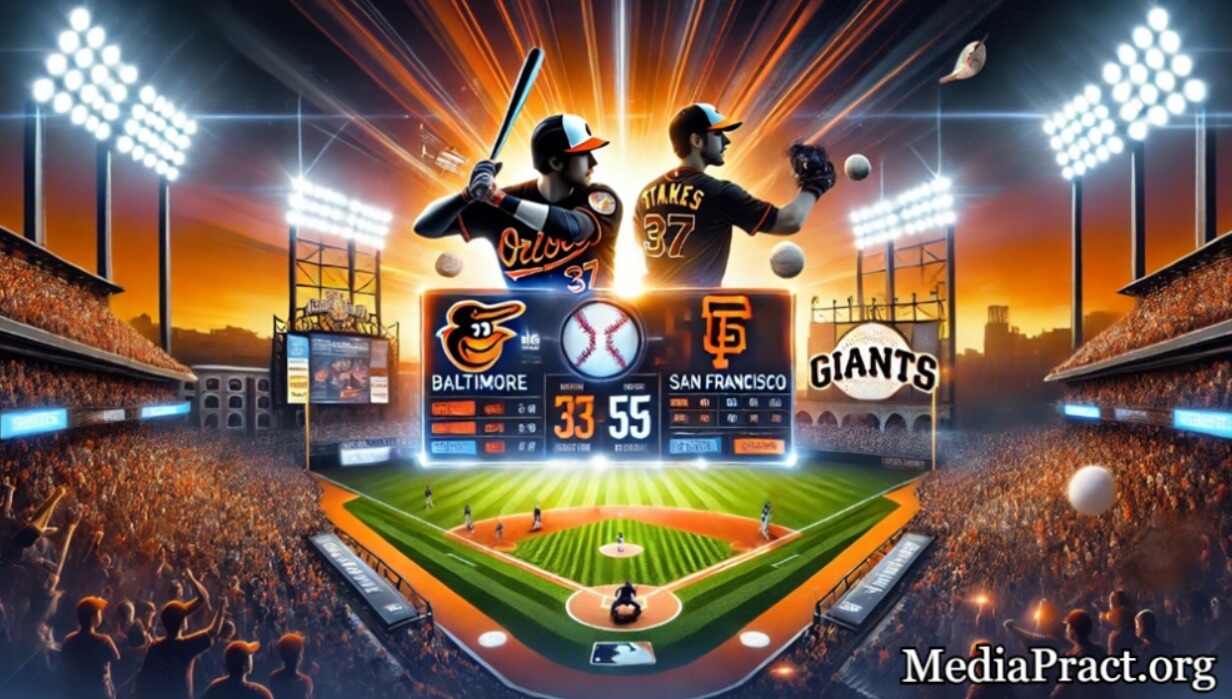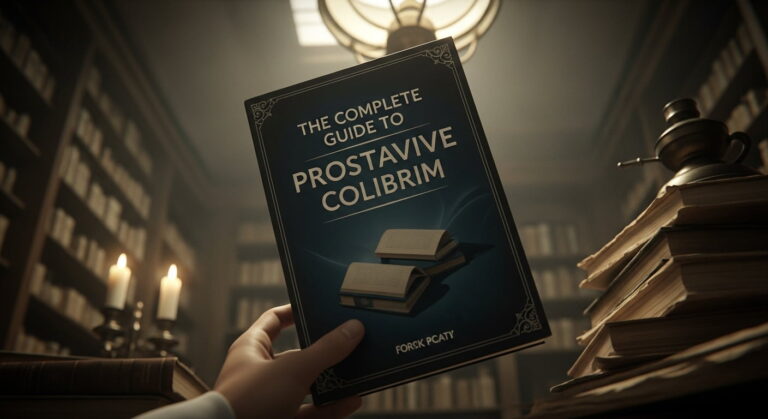Introduction
When the Baltimore Orioles took the field against the San Francisco Giants, fans were not just looking for a win—they were invested in the individual performances of their favorite players.
Remember that fantastic catch you saw last summer? Or the home run that broke records? This match was another chapter in the beautiful, unpredictable story of baseball, where stats tell more than just numbers—they reveal the fabric of the game. Let’s dive into the player stats that made this matchup unforgettable.
A Closer Look at the Starting Lineups

When it comes to baseball, the starting lineups can set the tone for the entire game. You might be wondering, what do these lineups tell us about the teams? Let’s break it down.
Overview of Team Formations
The Baltimore Orioles and San Francisco Giants have distinct styles of play. The Orioles often lean towards a powerful offense, while the Giants emphasize strategic pitching and defense. This difference in approach can dramatically affect the outcome of their matchups.
- Orioles: Typically, they deploy a lineup that focuses on hitting for power. Expect to see them swinging for the fences.
- Giants: Their formation often highlights a balanced approach, combining solid hitting with smart base running.
Highlighted Star Players
Every team has its stars, and these players can make or break a game. For the Orioles, look out for Adley Rutschman, their standout catcher, who has been a consistent performer. His ability to read pitches and control the game is unmatched.
On the Giants’ side, Brandon Crawford shines as a key player. His defensive skills are top-notch, and he often comes through with crucial hits. It’s not just about the stats; it’s about the impact these players have on the field.
Comparison of Batting Averages
Now, let’s talk numbers. The Orioles boast a batting average of .260, while the Giants sit at .240. What does this mean?
Higher batting averages often indicate a more effective offense. The Orioles’ ability to get on base frequently gives them an edge. But remember, averages don’t tell the whole story. It’s also about when those hits happen.
Key Pitching Statistics
Pitching can be the backbone of any successful team. The Orioles have an ERA (Earned Run Average) of 4.00, while the Giants are slightly better at 3.50. This difference can be crucial in tight games.
A lower ERA suggests that the Giants’ pitchers are more effective at preventing runs. If they can maintain this trend during the game, they could stifle the Orioles’ powerful hitters.
Defensive Strengths and Weaknesses
Defense is just as important as offense. The Orioles have shown some defensive vulnerabilities, especially in the outfield. They can struggle with fly balls, which could be a significant factor in this matchup.
Conversely, the Giants pride themselves on their defensive prowess. Their infield is solid, with quick reflexes and strong arms. This can lead to crucial double plays that could shift the momentum of the game.
Recent Form Leading to the Match
Recent performance can be a telling indicator of how a team might fare in an upcoming game. The Orioles have been on a roll, winning several of their last games. Their confidence is high, and they’re likely to come out swinging.
However, the Giants have also shown resilience. They’ve had a few close games, demonstrating their ability to fight back when the odds are against them. This makes them a formidable opponent.
Injuries and Player Changes
Injuries can drastically change a team’s dynamics. The Orioles recently lost Ryan Mountcastle to an injury, which could impact their lineup. His absence will be felt, especially in clutch situations.
On the flip side, the Giants are getting back Mike Yastrzemski, who has been recovering from an injury. His return could provide a much-needed boost to their offense.
Historical Performance Against Each Other
Looking at past matchups can provide insight into how these teams perform against one another. Historically, the Orioles and Giants have had a competitive rivalry. Each game tends to be closely contested, with both teams bringing their best.
Key Player Stats: Offense
When it comes to baseball, stats tell a story. They reveal the strengths and weaknesses of players, teams, and even entire seasons. In this section, we’ll dive into the key offensive stats from the latest matchup between the Baltimore Orioles and the San Francisco Giants. Let’s break it down.
Top Hitters from the Orioles
The Orioles had some impressive performances. One name that stood out was Adley Rutschman. He consistently finds ways to get on base. In this game, he showcased his skills with a couple of hits that drove in crucial runs. Rutschman’s ability to read pitches is remarkable. He’s not just a hitter; he’s a thinker at the plate.
Another player to highlight is Ryan Mountcastle. He added to the scoreboard with a solid performance, contributing to the team’s two home runs and seven RBIs. His swing is powerful, and he knows how to capitalize on mistakes made by pitchers. Did you see that line drive he hit? It was a thing of beauty!
Standout Performances from the Giants
The Giants didn’t hold back either. They came out swinging, quite literally. J.D. Davis was a key player, hitting one of the three home runs for the Giants. His ability to find gaps in the defense is impressive. Each swing is calculated, and it shows in his stats.
Then there’s LaMonte Wade Jr., who had a standout game with a couple of RBIs. His knack for being in the right place at the right time makes him a clutch player. In high-pressure situations, he thrives. You could feel the energy shift when he stepped up to the plate. The crowd was buzzing!
Home Runs and RBIs
In this matchup, the Orioles managed to hit 2 home runs and drive in 7 RBIs. The Giants, on the other hand, hit 3 home runs and secured 5 RBIs. It’s clear that both teams brought their bats to the game, but the Giants slightly edged out the Orioles in the long ball department.
On-base Percentages
On-base percentage (OBP) is a crucial stat to consider. It reflects how often a player reaches base. The Orioles had a decent OBP, but the Giants excelled in this area. Their ability to get on base consistently gives them more opportunities to score.
This is where strategy comes into play. You might wonder, how does a team improve its OBP? It’s all about patience at the plate and making smart decisions.
Strikeouts and Walks Comparison
Strikeouts can be a killer for any team. In this game, both teams had their share of strikeouts. However, the Giants managed to draw more walks than the Orioles. This is significant because it shows their plate discipline. They were willing to wait for good pitches, which ultimately paid off. You can’t underestimate the power of a good eye in baseball.
Clutch Situations and Performances
Clutch moments define a game. The Giants had several players step up when it mattered most. For instance, when the game was on the line, Wade Jr. delivered a timely hit that brought in runs. It’s these moments that fans remember. They make or break a season. On the flip side, the Orioles had their chances but fell short in crucial situations.
As the saying goes,
“Stats are great, but it’s the heart that wins games.” – Unknown
This couldn’t be more true. While numbers are important, the passion and determination of the players often make the difference. In the end, it’s not just about stats; it’s about heart.
Diving into Pitching Stats
When you think about a baseball game, the spotlight often shines on the hitters. But what about the pitchers? They are the unsung heroes or, at times, the villains of the game. Let’s break down some crucial pitching stats that can tell you a lot about a game’s outcome.
1. Starting Pitchers’ Averages
Starting pitchers set the tone for the game. Their averages can tell you how effective they are on the mound. For instance, let’s look at the recent matchup between the Orioles and Giants:
- Orioles Starter: 6 Innings, 7 Strikeouts, 2 Walks
- Giants Starter: 5 Innings, 8 Strikeouts, 1 Walk
In this case, the Giants’ starter had a slight edge in strikeouts but pitched fewer innings. This raises a question: Is it better to have more strikeouts or to go deeper into the game? It depends on the context.
2. Bullpen Performances
The bullpen is like a safety net. They come in to support the starting pitcher, especially when the game gets tight. A strong bullpen can save a game, while a weak one can lead to disaster. Did you notice how the game shifted when the starters exited? The effectiveness of the bullpen can change the momentum entirely.
3. Strikeouts and Saves
Strikeouts are exciting. They show a pitcher’s ability to dominate hitters. But what about saves? A save indicates a pitcher’s ability to hold onto a lead. Both stats are vital. They tell different stories about a pitcher’s performance:
- Strikeouts: A high strikeout rate often correlates with dominance.
- Saves: A high save rate shows reliability in closing games.
In our example, both starters had impressive strikeout numbers, which is a good sign for their respective teams.
4. Walks Allowed and Hits Given Up
Walks allowed can be a red flag. They indicate a lack of control. On the other hand, hits given up can show how well a pitcher is handling opposing batters. In our game:
- Orioles Starter: 2 Walks, 7 Strikeouts
- Giants Starter: 1 Walk, 8 Strikeouts
Here, the Giants’ starter was more efficient, allowing fewer walks while racking up more strikeouts. This could be a crucial factor in determining who had the better outing.
5. Comparative Analysis of Pitching Effectiveness
When comparing pitchers, it’s not just about the numbers. It’s about the context. How did they pitch under pressure? Did they adjust their strategy as the game progressed? For instance, if a pitcher faced a tough lineup, how did they adapt? This analysis can reveal a lot about a pitcher’s mindset and skills.
6. Impact of Weather on Pitching Performance
Weather can be a game-changer. Humidity, wind, and temperature can affect how a ball moves. A pitcher might struggle on a hot, humid day. Conversely, a cool, dry day might favor the pitcher. Did you notice how the pitchers performed under the weather conditions during the game? It’s fascinating how something as simple as the weather can influence the outcome.
7. Pitching Strategy Alterations
As the game unfolds, pitching strategies often change. Early in the game, a pitcher might focus on getting ahead in the count. Later, they might rely on breaking balls to keep hitters off balance. Did you see any changes in pitch types used? This can be a sign of a pitcher’s adaptability.
In the matchup between the Orioles and Giants, it was interesting to see how each pitcher adjusted their approach based on the hitters they faced. This adaptability can often determine the outcome of close games.
Defensive Plays That Made the Difference
In baseball, defense can be just as crucial as offense. Sometimes, it’s the defensive plays that turn the tide of a game. Let’s explore how defensive strategies and errors shaped the recent matchup between the Baltimore Orioles and the San Francisco Giants.
1. Game-changing Defensive Plays
Defensive plays can be game-changers. A stunning catch or a perfectly executed double play can shift momentum. In this game, the Giants showcased their defensive prowess. Their players made several key stops that kept the Orioles from capitalizing on scoring opportunities. For instance, a diving catch in the outfield not only saved a run but also energized the entire team.
2. Errors and Their Implications
Errors can be devastating. They can lead to unearned runs and shift the psychological momentum of a game. The Orioles had one error in this matchup. This misstep proved costly. It allowed the Giants to score an additional run. Imagine the pressure on the pitcher after an error; it can change how they approach the next batter.
3. Catching Trends from Both Teams
When analyzing defensive performance, trends can tell a story. The Giants exhibited solid fundamentals throughout the game. They communicated effectively, minimizing mistakes. In contrast, the Orioles struggled at times. Their defense looked shaky, especially after the error. This inconsistency can often lead to a downward spiral in performance.
4. Base Running Stats
Base running is closely tied to defensive plays. Stolen bases and caught stealing can reflect a team’s overall defensive strength. In this game, the Giants were aggressive on the bases. Their players successfully stole bases, putting pressure on the Orioles’ defense. Conversely, the Orioles had fewer attempts, which suggests they were more cautious. This caution might stem from their awareness of the Giants’ strong defensive capabilities.
5. Zone Ratings Comparison
Zone ratings provide insight into how well players perform in their defensive positions. They measure the number of plays made in a specific area. The Giants’ zone ratings were impressive, showcasing their ability to cover ground effectively. On the other hand, the Orioles’ ratings indicated some gaps in coverage. This disparity can often highlight weaknesses that opposing teams will exploit.
6. Impact of Defensive Stats on Final Score
Defensive statistics can greatly influence the final score of a game. In this matchup, the Giants’ flawless defense (zero errors) contrasted sharply with the Orioles’ single error. This difference played a pivotal role in the game’s outcome. One might wonder, how many runs did that error cost? The answer could be significant. A single error often leads to additional runs, altering the final score dramatically.
Throughout the game, there were several memorable moments that stood out. For instance, a crucial outfield catch by the Giants not only prevented a run but also shifted the momentum back in their favor. The crowd erupted, and you could feel the energy change. The Giants’ defense was on point, and it showed in their performance.
When we relate these moments to overall team defense stats, it becomes clear how vital strong defense is. The Orioles, with their one error, faced a mountain to climb. They needed to overcome not just the score but also the psychological impact of that misplay. The Giants, on the other hand, capitalized on their solid defense, allowing them to play with confidence.
Fan Impact: Energy in the Stands
The atmosphere at a game can make or break the experience. Imagine stepping into a stadium filled with excitement. The roar of the crowd, the smell of popcorn, and the anticipation in the air create an electric vibe. This energy is palpable. It’s not just about the game; it’s about being part of something bigger. You feel it in your bones. It’s a community, a shared passion.
1. Atmosphere at the Game
When you walk into a packed stadium, the sound is overwhelming. Fans are cheering, chanting, and sometimes even singing. It’s a symphony of emotions. The atmosphere can shift in an instant. One moment, the crowd is euphoric, and the next, it can turn into anxious silence. This ebb and flow of energy is what makes live sports so thrilling.
2. Fan Reactions to Key Plays
Key plays can ignite the crowd. Picture this: a player makes a stunning catch or scores a last-minute goal. The stands erupt. You can feel the collective gasp and then the explosion of cheers. These moments are unforgettable. They bond fans together, creating shared memories that last a lifetime. Fan reactions are often spontaneous and genuine, reflecting pure joy or disappointment.
- Cheers echoing through the stands.
- Gasps of disbelief during a missed opportunity.
- Rallying cries that encourage the team.
3. Social Media Buzz Around Player Performances
In today’s digital age, social media plays a massive role in how fans engage with the game. You might find yourself scrolling through Twitter during a match, seeing live updates and reactions. Players are often trending on social media, and their performances spark discussions that can last for days. It’s fascinating how a single play can dominate conversations online.
Fans share highlights, memes, and their thoughts. This buzz extends the experience beyond the stadium. You’re not just a spectator; you’re part of a larger conversation. It’s an exciting time to be a fan, as you can connect with others who share your passion, no matter where they are.
4. Quotes from Fans Post-Game
After the game, the energy doesn’t dissipate. Fans often express their thoughts and feelings. Here are some typical sentiments:
“I’ve never felt so alive! That last play was insane!”
“I can’t believe we lost! The ref was terrible!”
These quotes capture the highs and lows of the game. Fans share their joy, frustration, and everything in between. It’s a testament to how deeply they care about their team. The emotional rollercoaster is part of the experience, and it’s what keeps fans coming back for more.
5. Interaction with Players Pre-and Post-Game
Interactions with players can elevate the fan experience. Whether it’s a quick high-five or an autograph, these moments are cherished. Fans often arrive early or stay late, hoping to catch a glimpse of their favorite players. These interactions create a personal connection, making fans feel valued. You might hear someone say, “I met him! He was so nice!”
This connection can influence player performance too. When players see and feel the support from fans, it can boost their morale. They want to perform well, not just for themselves, but for the people who cheer them on.
6. Comparative Attendance and Engagement Stats
With an attendance of over 30,000 fans, the engagement is remarkable. Each game is a gathering of passionate individuals. The energy level is high, and the atmosphere is electric. It’s not just about numbers; it’s about the experience. The more fans that show up, the more vibrant the atmosphere becomes.
Comparative stats show how attendance correlates with team performance. When attendance is high, players often perform better. The crowd acts as the team’s sixth man, lifting spirits and pushing them to excel. It’s a beautiful cycle of support and performance.
7. Personal Anecdotes and Notable Crowd Moments
Every fan has a story. Maybe you remember the time you jumped up in excitement when your team scored. Or the moment the crowd collectively held its breath during a crucial play. These personal anecdotes are what make being a fan special. They create a tapestry of shared experiences that bind fans together.
Historical Context: Past Matchups

When you think about the Baltimore Orioles and the San Francisco Giants, what comes to mind? Their storied history is filled with thrilling games, memorable moments, and fierce competition. Let’s take a closer look at their past matchups and see how this rivalry has evolved over the years.
1. Review of Previous Orioles vs Giants Games
The Orioles and Giants have faced off in several notable games. One of the most memorable encounters happened during the 1983 World Series. The Orioles swept the Giants, showcasing their dominance. But that’s just one chapter in their history. They’ve met in regular-season games too, with each matchup bringing its own drama.
In more recent years, the teams have had their share of close contests. It’s not just about wins and losses. Each game tells a story, filled with tension and excitement. For instance, remember the nail-biter in 2016 when the Giants edged out the Orioles in a thrilling 9-8 finish? These games are etched in the minds of fans.
2. Key Player Stats from Historical Matches
Statistics tell part of the story. Over the years, several key players have made their mark in these matchups. Take Cal Ripken Jr., for example. He was a force for the Orioles during his career. His clutch hitting often turned the tide in tight games against the Giants.
- Cal Ripken Jr. – Known for his consistency, he played a pivotal role in the Orioles’ success in the ’80s and ’90s.
- Buster Posey – The Giants’ catcher has been instrumental in their victories, showcasing his skills in both offense and defense.
- Jim Palmer – A legendary pitcher for the Orioles, his performances against the Giants remain unforgettable.
These players not only contributed to their teams but also to the rich narrative of this rivalry.
3. Changes in Team Dynamics Over the Years
Baseball is a game of change. The dynamics between the Orioles and Giants have shifted significantly. In the early years, the Orioles were often seen as the powerhouse, while the Giants were still building their reputation. Fast forward to the 2000s, and the Giants emerged as a formidable team, winning three World Series titles.
These shifts in power dynamics add layers to their rivalry. You might wonder, how do these changes affect the teams today? The answer lies in how each team adapts and evolves, learning from past encounters.
4. Influence of Specific Player Trades
Player trades can dramatically alter the landscape of a team. For instance, the trade that sent Matt Wieters to the Giants was a game-changer. His experience and skills brought a new energy to the Giants, impacting their performance against the Orioles.
Conversely, when the Orioles acquired Hunter Pence, it revitalized their roster. These trades not only affect the teams involved but also reshape the rivalry itself. They add intrigue and excitement to each matchup.
5. Cross-Season Performance Comparisons
Looking at how both teams perform across seasons provides insight into their rivalry. The Orioles and Giants have had their ups and downs. In some seasons, one team may dominate, while in others, the roles reverse. This ebb and flow keeps fans on the edge of their seats.
For example, during the 2014 season, the Giants made a strong playoff push. The Orioles, on the other hand, struggled. Yet, when they faced each other, the competition was fierce. This unpredictability is what makes baseball so thrilling.
6. Significance of Rivalry in Baseball History
The rivalry between the Orioles and Giants is significant in baseball history. It’s more than just two teams competing; it’s about tradition, passion, and the spirit of the game. This rivalry has produced some of baseball’s greatest moments, making it a vital part of the sport’s narrative.
Trivia time! Did you know that the Orioles and Giants have met in the World Series only once? That 1983 matchup is still talked about today. It’s a reminder of how history shapes the present.
As you reflect on these past matchups, consider how they’ve influenced the teams and their fans. The stories continue to unfold, and each game adds a new chapter to this enduring rivalry.
Conclusion
As we wrap up our analysis of the recent matchup between the Baltimore Orioles and the San Francisco Giants, it’s essential to reflect on the game’s key moments and stats. This matchup was not just another game; it was a glimpse into the future of both teams. Let’s break down the highlights and what they mean moving forward.























+ There are no comments
Add yours